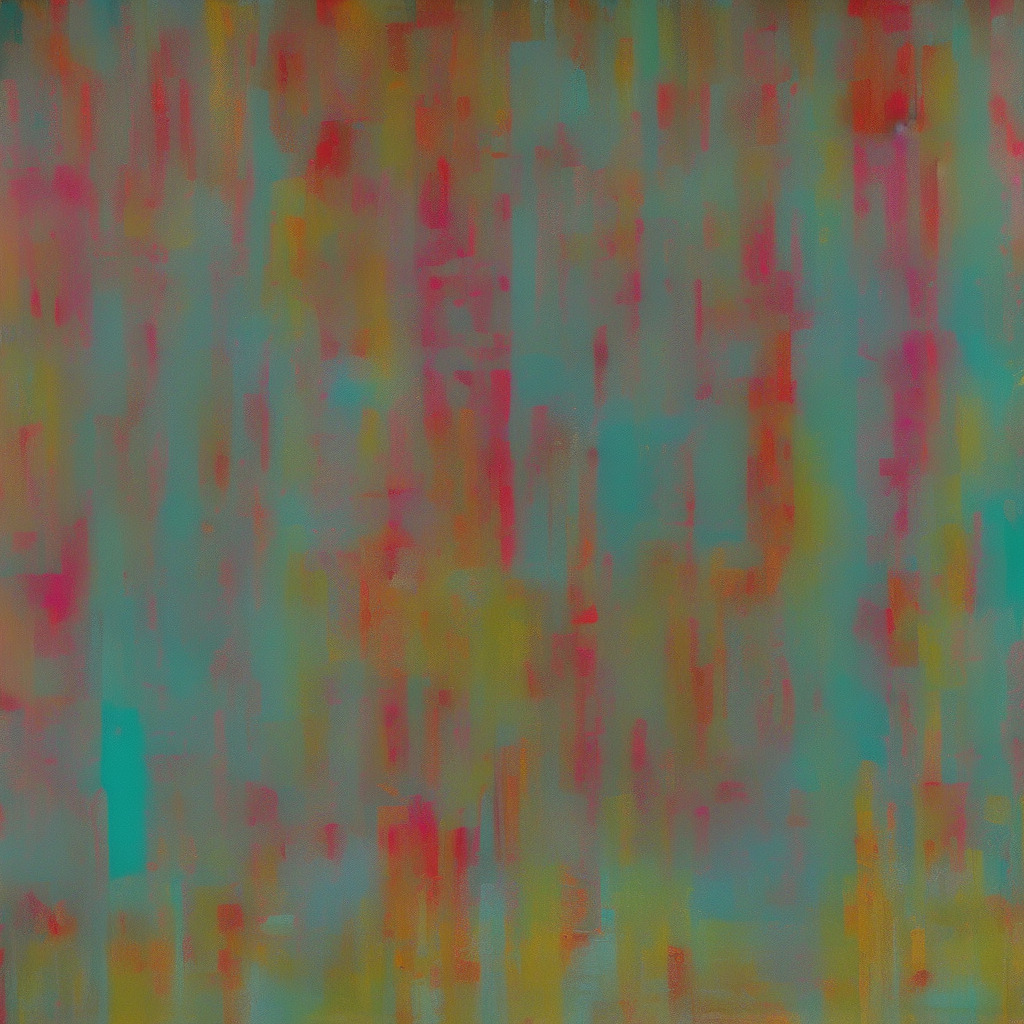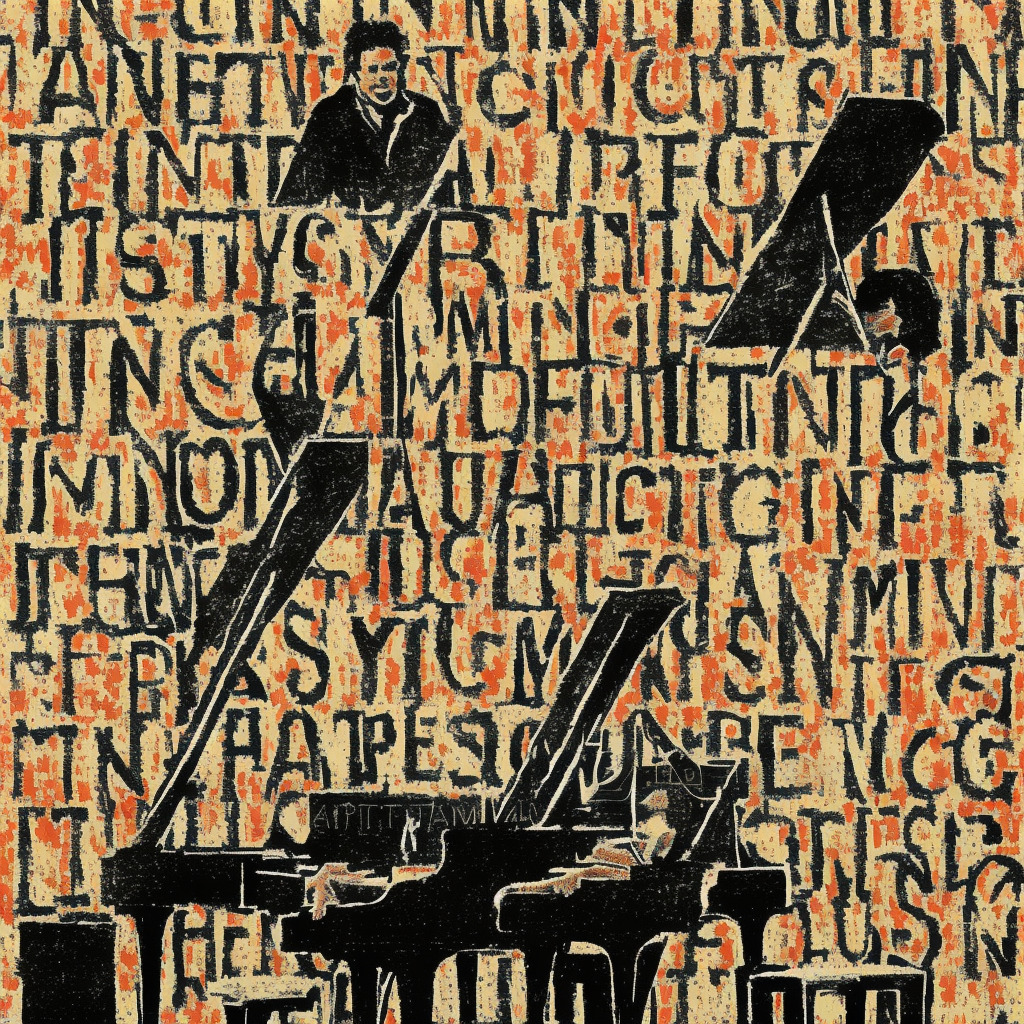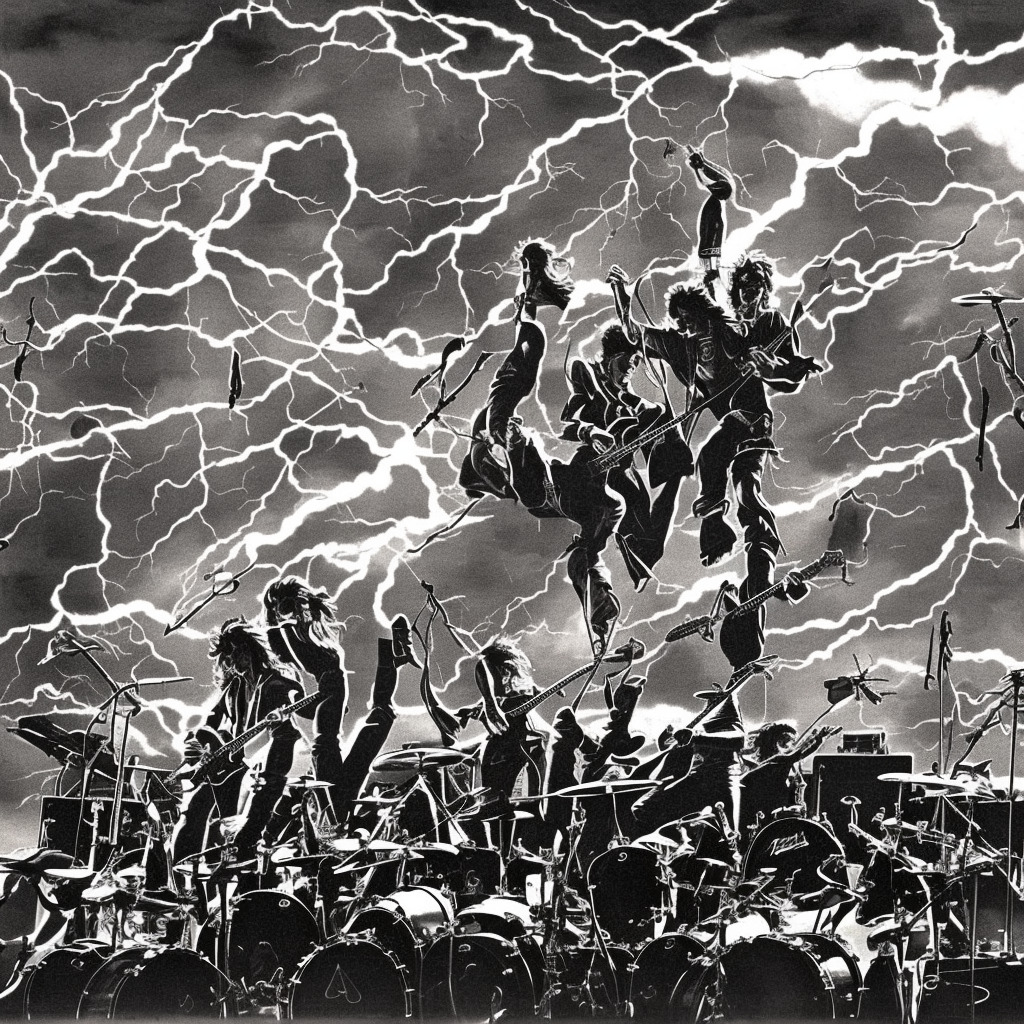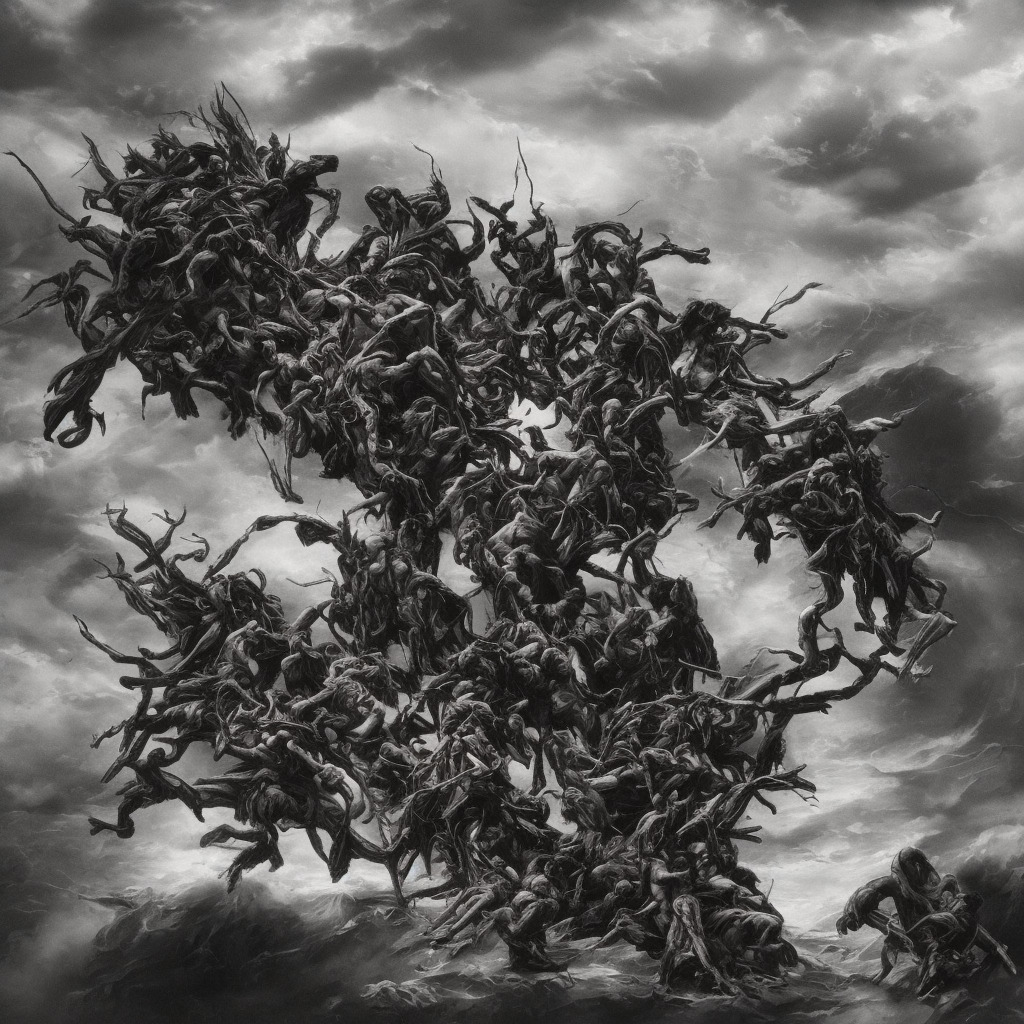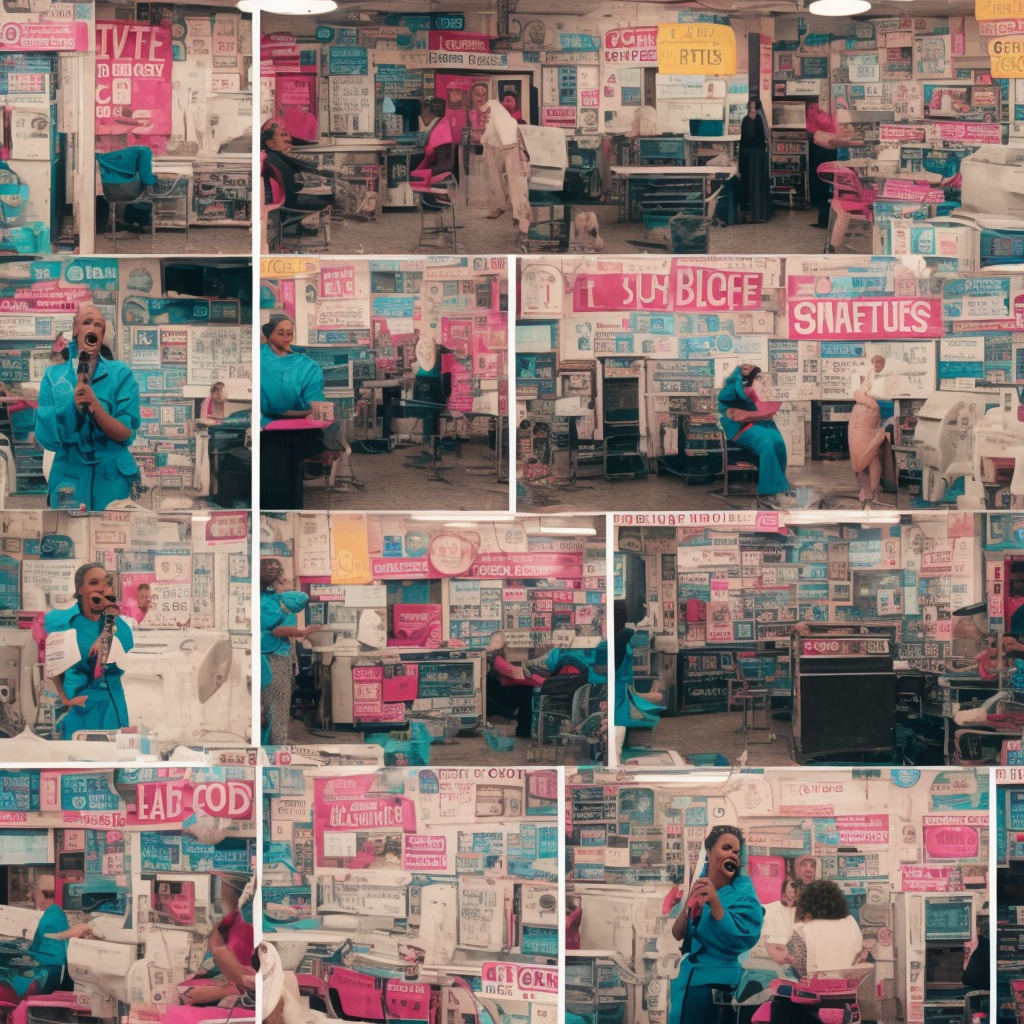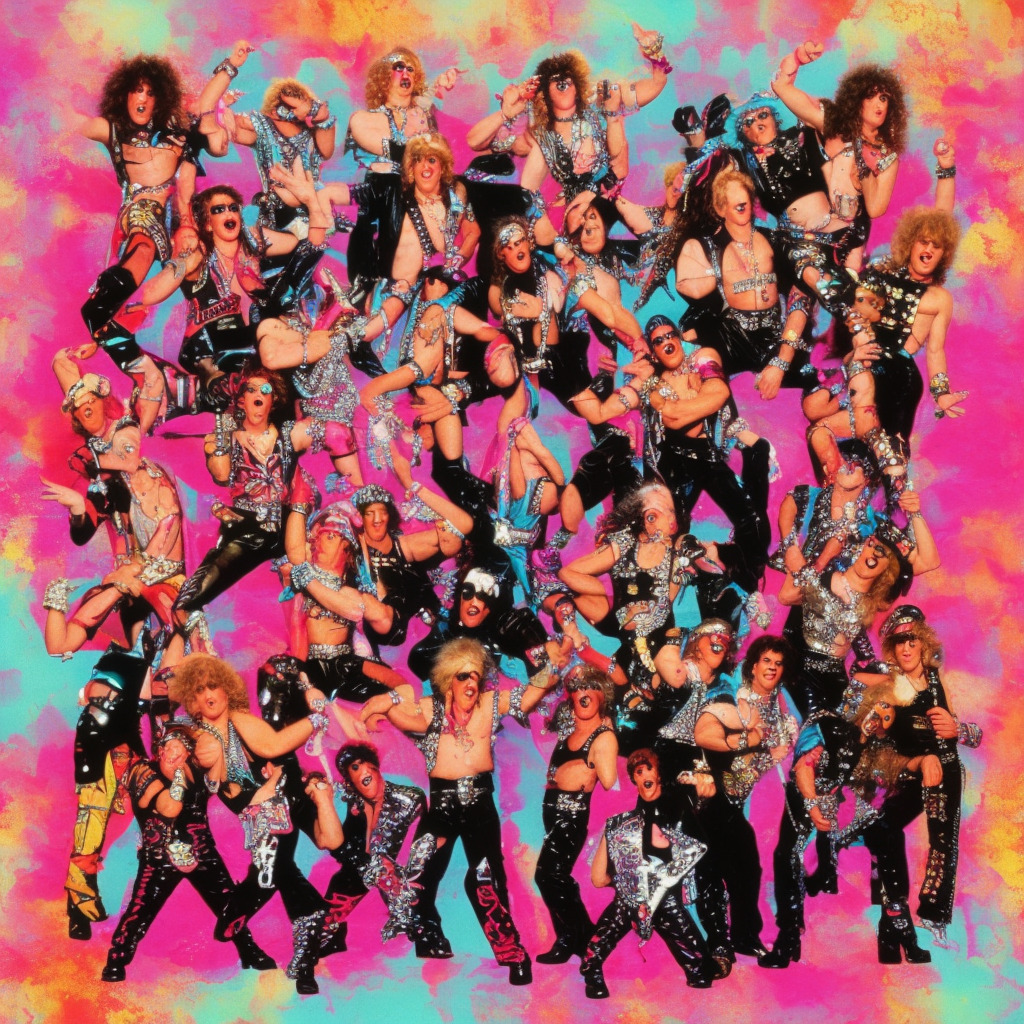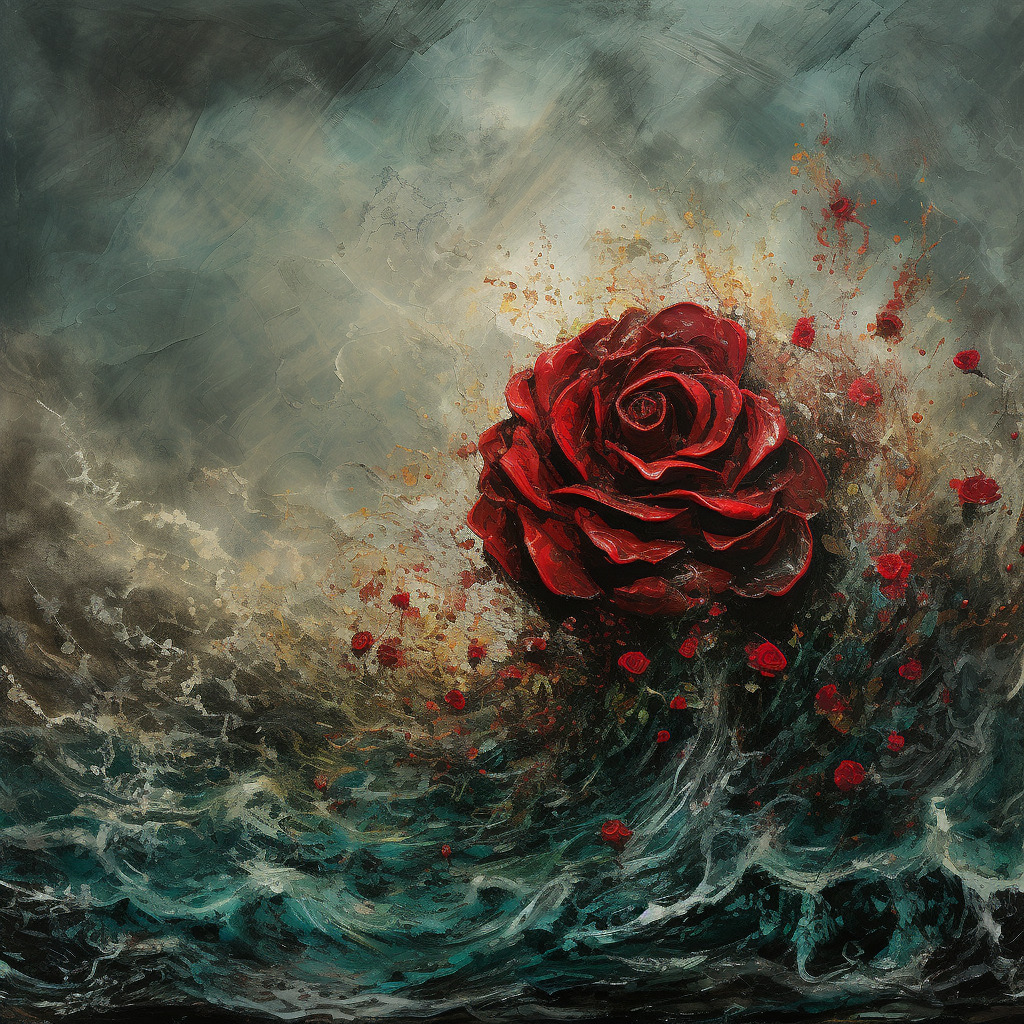🌟 Did you know that #Madonna’s “This Used to Be My Playground” was written for the ’92 film A League of Their Own? 🎬 A perfect blend of nostalgia and pop! 💃✨ #FunFact #MusicTrivia #ThrowbackHits Read about it: tinyurl.com/pmy85kpv
The Queen of Pop’s Emotional Exploration
“Madonna’s emotional depth takes center stage with her introspective ballad ‘This Used to Be My Playground,’ proving her musical versatility and fearless artistry are truly unparalleled in the pop realm.”
Madonna, the ultimate pop icon, made her indelible mark on the music industry with her boundary-pushing fashion, unparalleled performances, and trendsetting style. More than just a pop star, she has always been known for her ability to reinvent herself, embracing various genres and styles throughout her illustrious career.
The mid-90s saw a different side of Madonna with her ballad “This Used to Be My Playground,” the main theme for the 1992 film “A League of Their Own,” which she also starred in. The song provided a softer, more introspective look into the artist’s emotional depth, straying from her traditional dance-pop style. Penned by Madonna and Shep Pettibone, “This Used to Be My Playground” resonated with many, as it tackled themes of nostalgia, loss, and the passage of time.
Madonna’s career dates back to the early 1980s, where she quickly made a name for herself with hits such as “Holiday,” “Like a Virgin,” and “Material Girl.” Throughout her journey, she has never ceased to surprise and captivate her fans, staying relevant for more than four decades. Holding the title of the best-selling female recording artist of all time, Madonna’s impressive list of accolades includes seven Grammy Awards and her induction into the Rock and Roll Hall of Fame in 2008.
However, it’s impossible to ignore some of the controversies surrounding the Queen of Pop. Madonna has faced criticism for her provocative imagery, which some argue pushes the boundaries of good taste. Despite these critiques, she remains steadfast in her artistic vision, always challenging societal norms and expectations.
“This Used to Be My Playground” stands as another testament to Madonna’s musical versatility, showcasing her ability to tackle complex emotions and create a profound connection with her audience. The song reached the number one spot on the Billboard Hot 100 chart, further cementing Madonna’s place in pop history.
Madonna’s legacy as a trailblazer in the music industry remains unparalleled. Her fearlessness in pushing the boundaries of what a pop star can be has inspired countless artists who followed her. Whether it’s a catchy dance tune or an introspective ballad like “This Used to Be My Playground,” we can always count on Madonna to captivate us with her unique blend of emotion, style, and fearlessness.
Charting the Success of an Iconic Ballad
Madonna’s emotive ballad “This Used to Be My Playground” soars to chart-topping success, solidifying her pop icon status and leaving a lasting impact on 90’s pop culture.
“This Used to Be My Playground” proved to be another massive hit for Madonna, cementing her status as a pop icon. Released on June 16, 1992, the song was written and produced by Madonna and Shep Pettibone specifically for the soundtrack of the film “A League of Their Own,” in which Madonna played a leading role.
The emotive ballad quickly climbed the charts, debuting at number 35 on the Billboard Hot 100 on July 4, 1992. The song’s chart success was fueled by both its strong radio airplay and the impactful music video, which featured a mix of scenes from the movie, as well as vintage footage of Madonna.
As the weeks progressed, the song continued to gain momentum, eventually peaking at the number one spot on the Billboard Hot 100 on August 8, 1992, where it stayed for a week. “This Used to Be My Playground” marked Madonna’s tenth number one single in the United States, a testament to her continued success and influence in the music industry.
Internationally, the song enjoyed similar acclaim, reaching the top of the charts in Canada, Italy, and Norway. It also secured top 10 positions in several other countries, including the United Kingdom, Australia, Germany, and Switzerland.
Additionally, “This Used to Be My Playground” earned a nomination for Best Original Song at the 50th Golden Globe Awards, further highlighting its impact within both the music and film industries.
In summary, the chart success and international acclaim of “This Used to Be My Playground” added another milestone to Madonna’s illustrious career. With its heartfelt lyrics, memorable melody, and strong connection to a popular film, the song’s legacy endures as a memorable piece of 90’s pop culture.
Unraveling the Nostalgic Lyrics
This used to be my playground (used to be)
This used to be my childhood dream
This used to be the place I ran to
Whenever I was in need of a friend
Why did it have to end?
And why do they always say
Don’t look back, keep your head held high
Don’t ask them why
Because life is short
And before you know, you’re feeling old
And your heart is breaking
Don’t hold on to the past
Well, that’s too much to ask
The lyrics of “This Used to Be My Playground” evoke a sense of nostalgia and a longing for times gone by. Written during a period of significant change and uncertainty in the early 90s, Madonna’s poignant lyrics capture the essence of the era – a time when people were coming to terms with the harsh realities of life and the end of an era marked by innocence and the magic of childhood dreams.
The song’s lyrics delve into the feeling of loss and the process of growing up, as the protagonist reflects on the once-familiar playground of her childhood. As she laments the disappearance of the past, the character becomes a symbol for the collective experience of moving away from the safety and innocence that one associates with their formative years.
The line “Why did it have to end?” is a question that resonates with the listener, as it underlines the inevitability of change and the fleeting nature of life. The question is further emphasized by the lyrics “Don’t look back, keep your head held high / Don’t ask them why,” as the song reflects on the need to accept the present and embrace the future.
In an era marked by the shifting zeitgeist of the early 90s, this song serves as a reminder of the bittersweet process of growth and the transient beauty of our experiences. Additionally, the lyrics of “This Used to Be My Playground” touch on the universality of human emotions and the shared experience of nostalgia, making it a timeless classic that continues to resonate with generations of listeners.
A Playground of Nostalgia: The Music Video
Dive into a realm of nostalgia with Madonna’s iconic 1992 music video “This Used to Be My Playground,” an introspective masterpiece melding a timeless ballad with poignant film scenes, effectively capturing the heart’s longing for the past.
In the visual realm of Madonna’s 1992 hit, “This Used to Be My Playground,” the music video directed by Alek Keshishian offers a sense of nostalgia that perfectly complements the song’s theme. Alek Keshishian, who had previously directed the tour documentary “Madonna: Truth or Dare” (1991), was a fitting choice for this introspective and melancholic music video.
The video itself interweaves scenes from the film “A League of Their Own,” which features Madonna in a starring role, with black and white shots of her singing the song. The film, directed by the legendary Penny Marshall, is a fictionalized account of the real-life All-American Girls Professional Baseball League during World War II. The emotional tone of the video emphasizes the themes of nostalgia, letting go, and accepting that life moves on, evident in both the song and the film.
As the music video unfolds, Madonna is seen reminiscing about her past through old photographs and newspaper clippings, which triggers flashbacks to her time in the league. The black and white aesthetic of the video, along with the use of soft focus and slow-motion shots, further evoke a sense of longing for a time that has passed.
In terms of production, the music video’s budget was notably high for its time, with a reported cost of over $1 million. This investment paid off, as the song and its video became a commercial and critical success, even earning Madonna a Golden Globe for Best Original Song in a Motion Picture in 1993.
While there aren’t any official alternate versions of the “This Used to Be My Playground” music video, fans of the song and the film have taken to YouTube to create their own tributes and montages, showcasing the enduring impact of Madonna’s evocative ballad. Despite its release nearly three decades ago, “This Used to Be My Playground” continues to resonate with audiences, proving that nostalgia remains a powerful force in the world of music and film.
The Mastermind Behind the Melodies
The composer of “This Used to Be My Playground,” none other than Madonna’s frequent collaborator, Shep Pettibone, has had a significant impact on the music industry over the years. Besides teaming up with Madonna on this heartfelt ballad, Pettibone was instrumental in shaping the sound of several other notable tracks, including “Vogue” and “Deeper and Deeper,” just to name a few. His unique ability to blend dance, pop, and R&B elements has earned him recognition as an influential producer and songwriter. Not limiting himself to Madonna’s discography, Pettibone has also worked with other high-profile artists such as George Michael, Whitney Houston, and Janet Jackson. As we celebrate the beauty of “This Used to Be My Playground,” it’s essential to acknowledge the man behind the scenes, whose creative genius helped bring this timeless track to life.
A Playground of Accolades and Appearances
Climbing the charts and capturing hearts, “This Used to Be My Playground” transcends time with its nostalgic lure, award-winning recognition, and inspiring interpretations.
The wistful and nostalgic “This Used to Be My Playground” has certainly made its mark in the world of music since its release in 1992. In terms of awards, the song has been showered with accolades, showing just how much it has resonated with listeners and critics alike. It received the Golden Globe Award for Best Original Song in the same year, and the single also peaked at the number one position on the Billboard Hot 100, marking Madonna’s tenth number one hit.
When it comes to the song’s appearances in movies, TV shows, and video games, the most prominent connection is undeniably its role as the theme song for the 1992 film “A League of Their Own.” The movie, which stars Madonna alongside Tom Hanks and Geena Davis, tells the story of the All-American Girls Professional Baseball League during World War II. Interestingly, Madonna wrote and recorded the song specifically for the film after being inspired by the themes of the movie.
In addition to its role in the film, “This Used to Be My Playground” has also been featured in other television programs and commercials, often used to evoke a nostalgic feel for the past. For example, the song has been featured in episodes of popular shows such as “The Simpsons” and “Glee.” The song’s touching melody and memorable lyrics ensure it remains a popular choice for various media formats.
Over the years, many artists have been inspired to create cover versions of “This Used to Be My Playground.” These covers range from acoustic renditions to dance remixes, demonstrating the versatility and enduring appeal of the song. Some notable covers include an emotional acoustic performance by Sinead O’Connor, a smooth jazz interpretation by Kenny G, and a hauntingly beautiful rendition by Tori Amos.
It’s clear that “This Used to Be My Playground” continues to resonate with music lovers, inspiring new generations of artists and finding its way into various forms of media. The song’s success and enduring appeal are a testament to Madonna’s unique ability to create moving and memorable music.
Dissecting the Melodic Nuances
Diving into the technical aspects of “This Used to Be My Playground,” we find that the song is composed in the key of A-flat major. The tonal center of the song revolves around this key, offering a foundation for the chord progressions and melodic structure. Madonna’s choice of a major key lends a sense of warmth and nostalgia to the song, which is fitting for the subject matter.
The chord structure of the song primarily relies on a I-IV-V progression, which is a classic and widely-used progression in popular music. In the case of this song, it would translate to the chords A-flat, D-flat, and E-flat. The simplicity of this progression allows the listener to focus on the emotive qualities of the song, without being overwhelmed by complex harmonies.
As for the tempo, “This Used to Be My Playground” clocks in at a moderate 80 beats per minute (BPM). This tempo contributes to the overall reflective and introspective atmosphere of the song. It allows for a comfortable pace that doesn’t rush the listener through the experience, providing ample time to absorb the lyrics and the emotions they evoke.
One of the striking features of the song is the use of instrumentation. Madonna and her collaborators opted for a minimalist approach, with the piano taking center stage in the arrangement. The piano’s delicate and expressive nature complements the sentimentality of the lyrics, enhancing the nostalgic vibe that pervades the track. The subtle use of strings and percussion in the background adds depth and texture, without detracting from the song’s core message.
The melody of “This Used to Be My Playground” is characterized by its smooth, flowing nature. The verse and chorus both employ a descending sequence of notes, creating a sense of longing and wistfulness. The vocal delivery is gentle and subdued, further emphasizing the nostalgic and introspective qualities of the song.
In conclusion, the technical aspects of “This Used to Be My Playground” play a significant role in shaping the overall mood and atmosphere of the track. The choice of key, chord progression, tempo, and instrumentation all work in harmony to create a deeply emotive and memorable listening experience.

